The ease and significance of training your pet to use a litter box are obvious to all cat owners. It contributes to maintaining cleanliness and harmony in the home. The litter box can become an issue though, if your cat stops using it. “Why is my cat not using the litter box” is a question you can ask yourself if you constantly clean up after your pet ends their potty.
You might be surprised by how frequent this behavior is, and there are several reasons why. Your cat’s litter box habit can be restored if you identify and treat the underlying problems. Let’s examine the main causes of this confusing behavior as well as some possible solutions.
Typical Causes of Your Cat Not Using the Litter Box
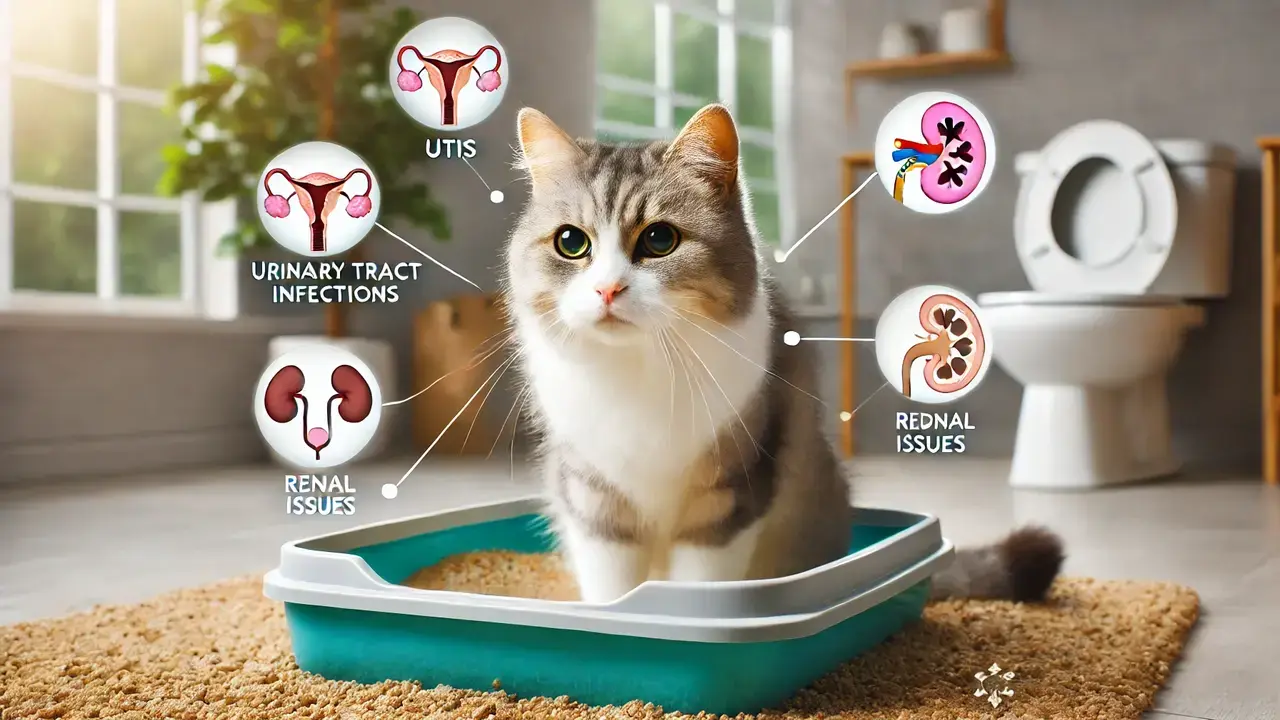
Health Concerns
An underlying health condition is one of the most significant reasons that your cat could avoid the litter box. Litter box difficulties could be one of the first indications that something is wrong because cats have a normal tendency to hide their illness.
Urinary Tract Infections (UTIs): Cats sometimes develop urinary tract infections (UTIs), which can make peeing problematic during their potty time. Your cat avoid the litter box cause it can increase their pain.
renal Issues: Your cat may find difficulty to use the litter box comfortably and if they have kidney disease, bladder stones or any other problems.
Other Health Concerns: To use a litter box may also be hampered by disease involving diabetes, arthritis, constipation and other problems.
if your cat suddenly stops using their litterbox, then immediately consult a veterinarian. Because your cat may have medical issues.
Litter Box Location Problems
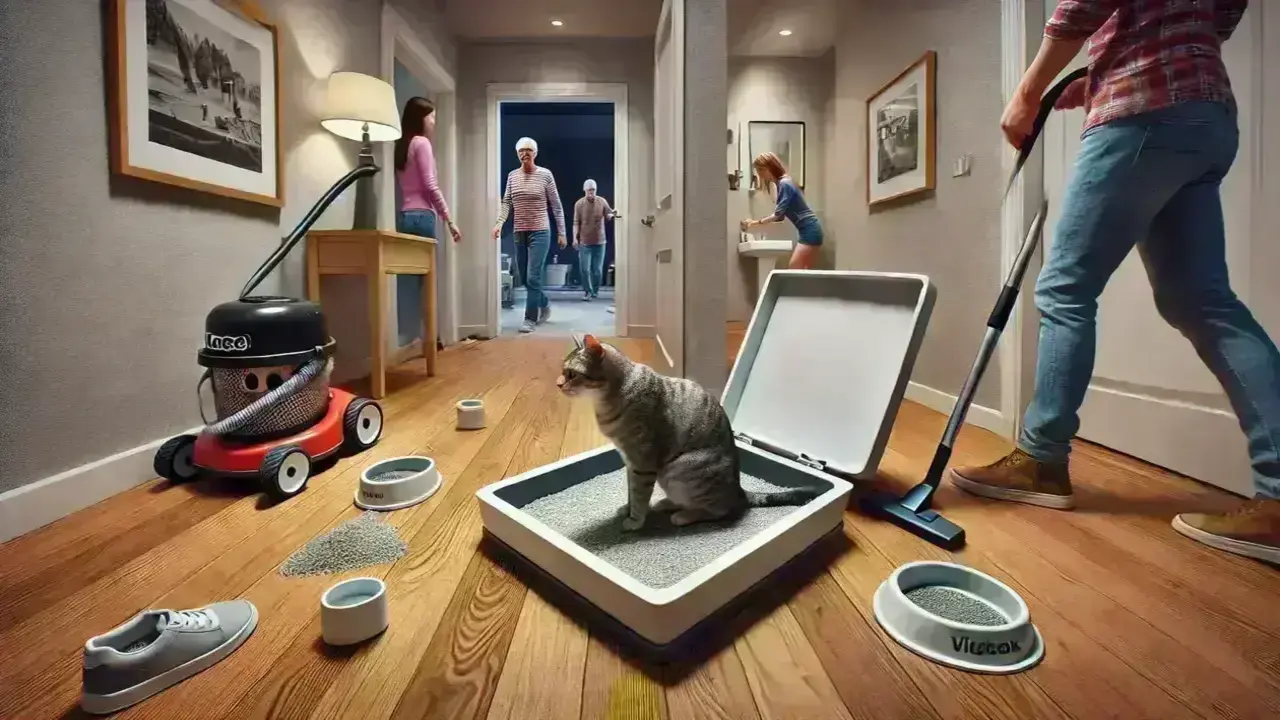
Comfort and quietness are very important for cats when it comes to urinating. Your cat can avoid using the litter box if it is placed in an inappropriate place.
High-Traffic Areas: Your cat would not prefer to use litter box if it is placed in a busy area like the kitchen or hallway.
Loud Noises: Your cat may become afraid of loud HVAC systems or washing machines. So stay away from their litter box from these machines.
Too Near Food and Water: Cats like to keep their food and toilet areas separate. So as a cat owner, you should keep this in mind.
Your cat will feel safe and comfortable if you choose a place that is calm, quiet, and has little noise.
A dirty uncleaned litter box
Cats prefer to stay clean and fresh by nature. A messy uncleaned litter box may be a powerful reason not to use litter box. So keep your cat litter dirt-free and fresh.
Cleaning Frequency: Deeply Clean your cat litter Once a week, and scoop the litter box every day. Your cat may start using clean objects (like your bed or carpet) if their litter box is dirty.
Type of Litter: Strong fragrances from scented litter can irritate some cats. An unscented litter box is preferable for some cats.
Always Keep your cat’s litter box hygienic and comfortable at all times for your cats.
Litter Box Size and Design
The design and size of the litter box play a important role in your cat’s comfort and pleasure. use large litter for elder cat which will help them to move comfortably in box.
Box That Is Too Small: Little litter box sometimes create difficulty to move for the large cat, so cat may refuse to use it. choose litterbox according to their size and age.
Covered vs. Uncovered: Some cats prefer to use uncovered box while others like covered box so that they can maintain privacy.
Experiment with different litter box designs to see what your cat prefers. And also use different brands box for your cat.
Litter Type Preferences for Cats
Cats are very much selective about the litter when they use it. Key factors to consider include:
Scented vs. Unscented: Many cats are sensitive and they can have an allergy to artificial fragrances so they can reject scented litter. Using an unscented litter box can help cats to improve their litter box habits.
Texture: Preferences vary—some cats like fine, sand-like litter boxes for comfort, while others may prefer coarser texture boxes.
When changing litter box types, introduce the new litter slowly to avoid causing stress, anxiety, or aversion in your cat. This can help to ensure a smoother Transfer and maintain good litter box behavior.
Stress and Anxiety
Is your cat showing unexpected resistance to using the litter box? You’re not alone who is suffering this. A cat’s everyday routine can be disturbed by stress and anxiety for changing their surroundings. You can overcome these difficulties by addressing their stress. if you understand how stress affects them then you can take the initiative to solve these problems
New Members of the Household: A new face in the house can disturb and stress your cat’s routine. Another anxiety may form because new pets are perceived as threats.
A cat can become overwhelmed by the new sounds, smells, and habits that babies bring. Unfamiliar behaviors and smells may be introduced by new adults in the house.
Environmental Changes: Relocating the litter box or moving furnishings might make people anxious.
Moving Houses: Your cat may find moving to a new house too much to handle.
Stress and anxiety can cause your cat to avoid the use of a litter box, but realizing their triggers and solutions can help. Creating a calm and quiet environment and giving your cat time to adjust to the box is key to resolving these issues.
Territorial Marking
If you have multiple cats in your house, territorial issues may arise.
Dominance Behavior: A dominant elder cat might block another cat from using the litter box. which resist other cats to use litterbox.
Marking Territory: Cats may urinate outside the litter box to establish their new territory.
Buy enough litter boxes for all your cats to prevent conflicts. It will encourage your cat to use a litter box.
How to solve Litter Box Problems
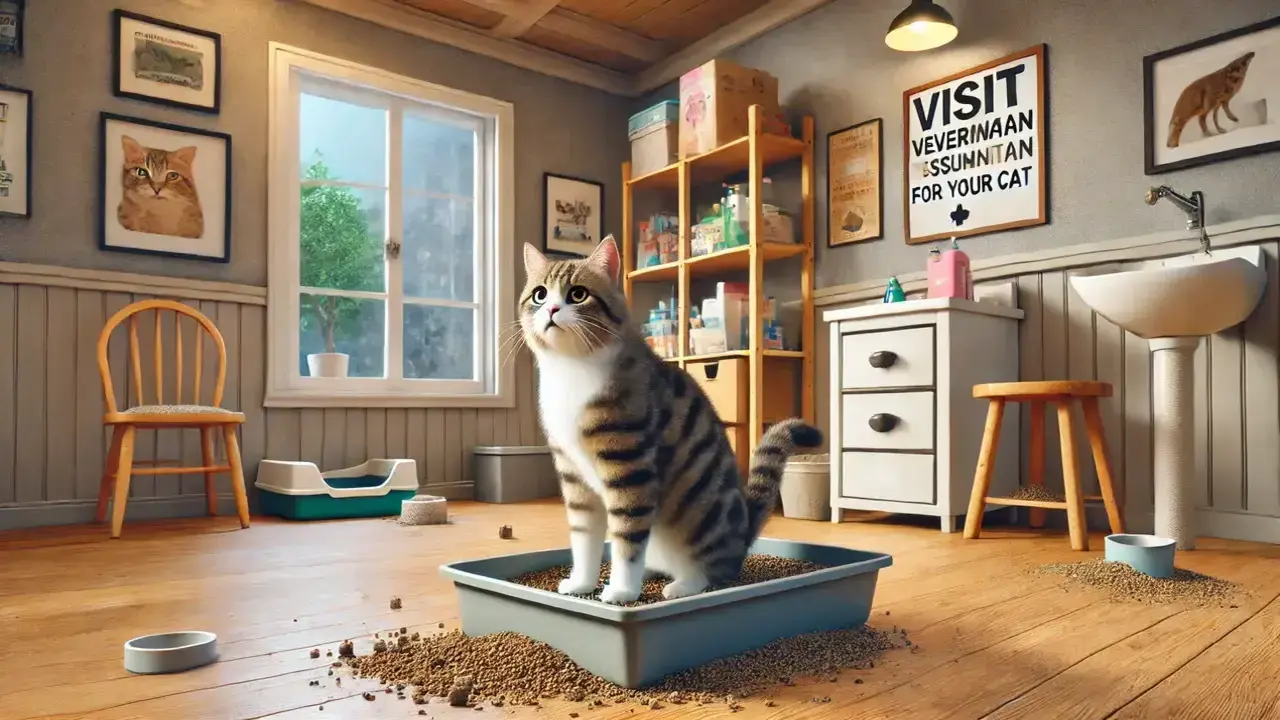
Visit the Veterinarian for your cat: If your cat behaves unnatural suddenly or stops using the litter box, seeing a vet is essential for your cat.
Diagnosing Issues: The vet can do some tests to investigate if medical problems are the cause of not using the box. Also vet will give treatment for this medical issue.
Treatment Plans: Addressing medical concerns can resolve litter box issues quickly. Which helps cats to cure early.
Choose the Right Litter Box Location
Select a place in your house that provides privacy comfort and calmness.
Quiet Areas: Place the litter box in a calm, peaceful secluded area.
Avoid Disturbances: Keep it away from loud staff and busy areas.
Keep the Litter Box Clean and dry
Regular maintenance is key to using the litterbox.
Daily Scooping: Clean waste daily to keep it fresh.
Weekly Cleaning: Deeply clean the box thoroughly once a week.
Experiment with Different Types of Litter
Find what kind of litter box works best for your cat.
Test Various Textures: Try clumping, non-clumping, cover and uncover, and crystal litter box.
Gradual Changes: Switch new litter gradually to avoid upsetting your cat and encourage your cat to use the litter box regularly.
Preventing Future Litter Box Problems
Maintain a Routine: Consistency helps your cat feel secure and safe. You should maintain this. And it will be helpful for your cat.
Provide Multiple Boxes: Follow the method “one box per cat plus one” rule. Use multiple boxes for multiple cats.
Cat litter box issues can be challenging, but realizing your cat’s necessity and behaviors is the key to solving these. Whether it’s a medical issue, location preference, or stress, identifying the cause helps you implement the right solution and it will be helpful for your cat to use a box. Patience, consistency, care, and love will get your cat back on track.
FAQs
1. Why did my cat suddenly stop using the litter box?
Sudden changes can indicate a health issue or environmental stress and anxiety.
2. How do I get my cat to use the litter box again?
Address medical issues, ensure a dry clean box, and reduce stress and anxiety.
3. How often should I clean my cat’s litter box?
Scoop daily and deeply wash in a week.
4. What type of litter is best for cats?
Many cats prefer unscented, fine-grain clumping litter. Use litter according to your cat preference.
5. How many litter boxes should I have in a multi-cat household?
One per cat, plus one extra. it will be beneficial for cat.


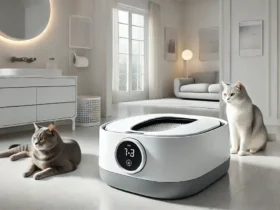
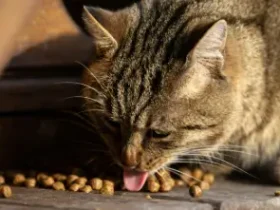
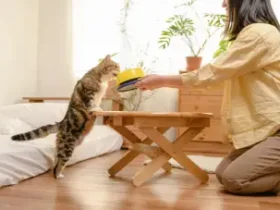
Leave a Reply